In my previous blog post I discussed how Linux file permissions work, and now I am going to discuss how to change permissions using chmod Note Only the object owner, superuser or root account can change the permissions of a file/folder chmod chmod is the command used to change the permissions of an object, and is short for "CHange MODe" The chmod command can be used with octals (asExamples chmod 644 filehtm Set the permissions of filehtm to "owner can read and write;PHASE 3 Integrating Additional Options with Chown and Chmod Commands Finally, you can also add other options into the Chown and Chmod commands to customize the permissions Below are some of the things you may want to user or recursive Change permissions or owners in all the files and subfolders under the main folderv for diagnostics

Linux Permissions Making Sense Of 755 And Rwxr Xr X Serverwise
Chmod command is used to change permissions in linux
Chmod command is used to change permissions in linux-Linux File Permission chmod Command in Linux Linux File Permission Introduction to Linux File Permission Linux file permission is a very important aspects in terms of security issues for the system administrator of Linux Operating System Actually, chmod Command in Linux plays a greater role to keep all the files and directories of the system safe and secure so that no unauthorized personOthers can read only" chmod R 755 myfiles Recursively (R) Change the permissions of the directory myfiles, and all folders and files it contains, to mode 755 User can read, write, and execute;
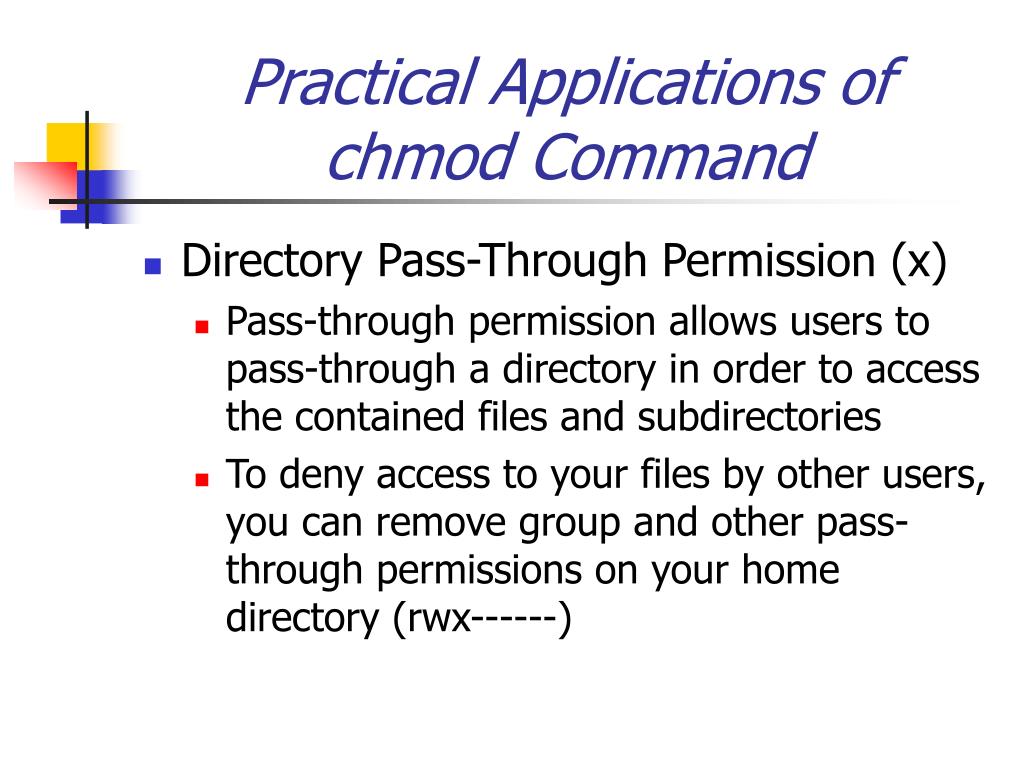


Ppt Agenda Powerpoint Presentation Free Download Id
The chmod system call cannot change their permissionsThe command syntax for changing the permission of a specific file type in a directory is find directory name "* filename_extension" exec chmod privilege {} \;Examples chmod 644 filehtm Set the permissions of filehtm to "owner can read and write;
Unix/Linux chmod command examples to Change File Permissions Also Read 40 Best Examples of Find Command in Linux Example 1 How to check chmod command version If you want to check chmod command version then you need to use chmod version command as shown below As you can see from below output current chmod version is 2Chmod is a commandline utility, which is used to change file mode bits But, first we need to discuss a bit about file & directory permissions itself We can long list the contents of a file & directory using ls command with l option$ chmod 0 sampletxt Write by anyone $ chmod 002 sampletxt Execute by owner only $ chmod 100 sampletxt Execute by group only $ chmod 010 sampletxt Execute by anyone $ chmod 001 sampletxt Allow read permission to owner and group and anyone $ chmod 444 sampletxt Allow everyone to read, write, and execute file $ chmod 777 sampletxt
Using chmod command is very easy if you know what permissions you have to set on a file For example, if you want the owner to have all the permissions and no permissions for the group and public, you need to set the permission 700 in absolute mode chmod 700 filename You can do the same in symbolic modeFor example, to set the permissions of filename to rwrryou could run the command chmod 644 filename or to change permissions to rwxrwxrwx you could use the command chmod 777 filename Be careful when setting permissions to 777 as this means every single user account can read, write, and execute that file Special Mode BitsThe chmod command modifies the permission mode of objects in the system It is one of the most used and important commands in the set of Linux security commands A plus () symbol adds a permission, and a minus () symbol removes a permission You can read chmod ur as "user plus read," as it gives the user read permission



Chmod 777 A Definitive Guide To File Permissions



Techtutorials Chmod Command Linux Facebook
Type d exec chmod u=rw,go=r {} In case you're wondering, you need the x permission to access a directoryChmod command is used to change access permission of files and directories in Linux operating systemschmod stands for change modeAccess permissions specify whether a user account or group can read, write, or execute a given file and directory chmod Command SyntaxIn Unixlike operating systems, the chmod command is used to change the access mode of a file The name is an abbreviation of change mode Syntax chmod referenceoperatormode file The references are used to distinguish the users to whom the permissions apply ie they are list of letters that specifies whom to give permissions
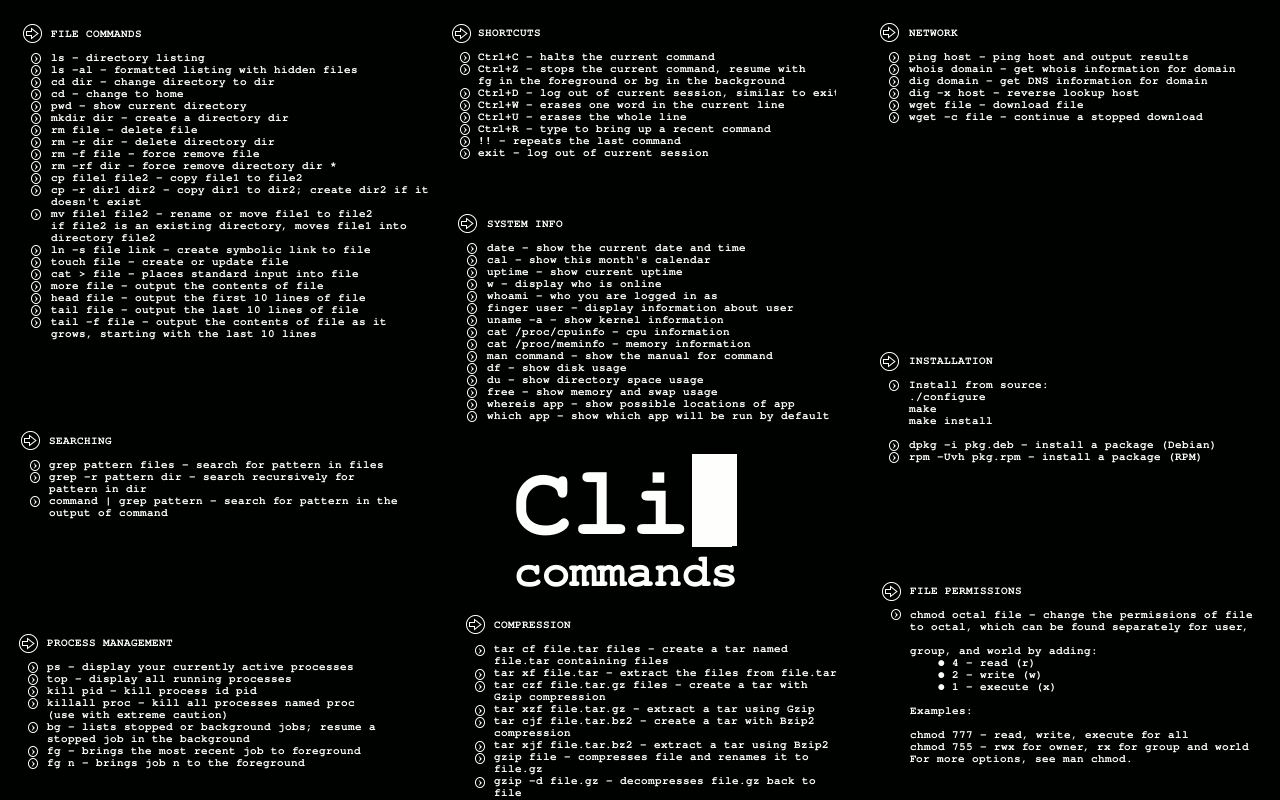


Backtrack Page Useful Commands For Kali Linux



Command Line Quick Tips More About Permissions Fedora Magazine
In Linux systems, the chmod command is used to change the permissions and access mode of files or directories This article explains how to use chmod command to change the access permissions of files or directories File Permissions in Linux# In Unix based systems, a set of permissions and modes are associated with each fileThe chmod and chown commands are powerful and most popular command line tool that can be used to control access to files in Linuxbased operating systems The chmod also called change mode that is used to change permissions of a given file according to a certain modeFor example, to make all sh files in the current directory executable, you would use find name "*sh" exec chmod x {} \;



Chmod X Explained Everything You Need To Know
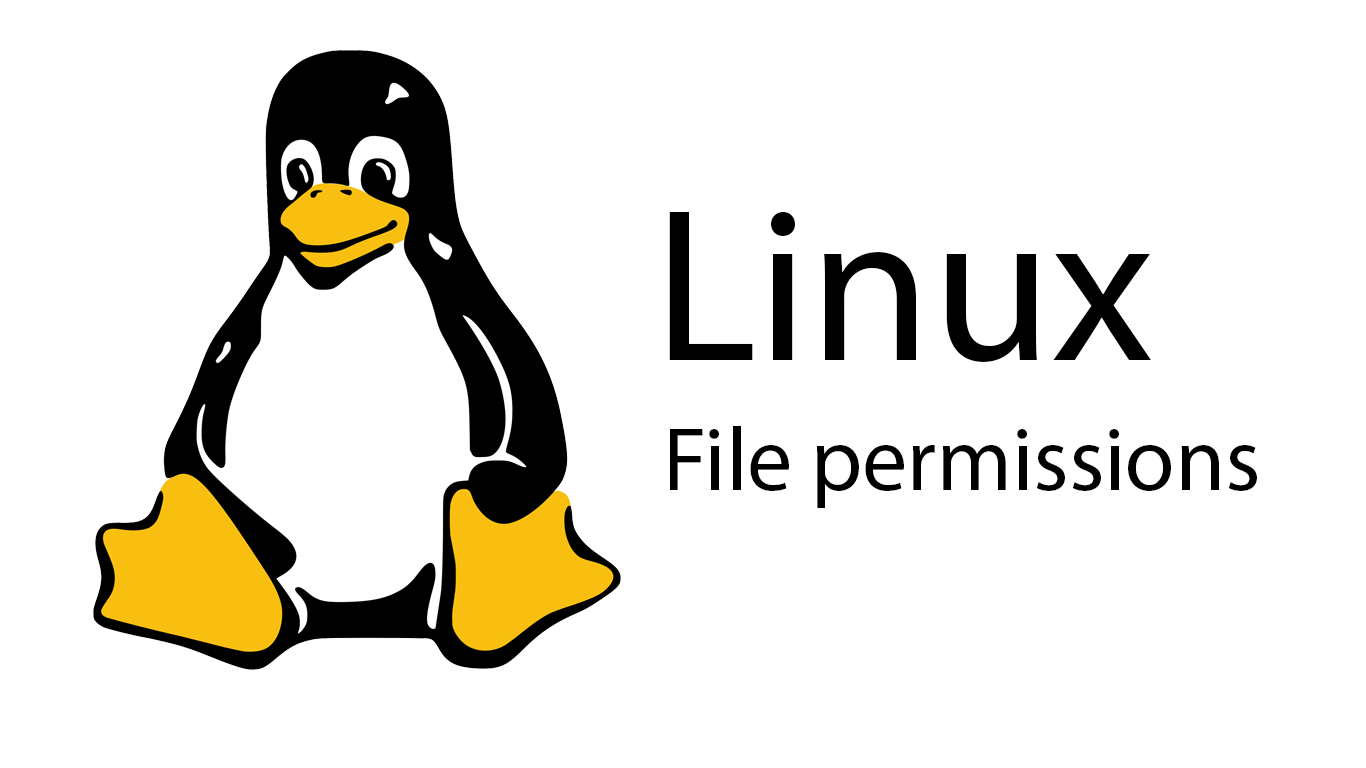


How To Change File Permissions In Linux Skillsugar
1) Change permissions using Numeric (octal) method Permissions (access modes) can be changed with the chmod command by using some operators (, or =) to assign permissions (r, w or x) to a specific user (u, g, o or a) The command accepts either numerical (octal) or symbolic access mode specifications1 Read permission is added for all $ chmod ar file 2 Execute permission is removed for all $ chmod ax file 3 Change the permissions of the file to read and write for all $ chmod arw file 4 Read and write permissions are set for the owner, all permissions are cleared for the group and others $ chmod u=rw,go= file 51 Read permission is added for all $ chmod ar file 2 Execute permission is removed for all $ chmod ax file 3 Change the permissions of the file to read and write for all $ chmod arw file 4 Read and write permissions are set for the owner, all permissions are cleared for the group and others $ chmod u=rw,go= file 5



Chmod Calculator Takes The Hassle Out Of Directory Permissions Techfruit
:max_bytes(150000):strip_icc()/ls-lt-linux-command-5c4764d7c9e77c0001cb7368.png)


How To Create Directories In Linux With The Mkdir Command
# Set public/private key permissions # Octal form chmod 600 ~/ssh/id_rsa chmod 600 ~/ssh/id_rsapub # Equivalent literal form chmod u=rw,go= ~/ssh/id_rsa ~/ssh/id_rsapub # Optional make public key readable chmod 644 ~/ssh/id_rsapub # chmod a=r,uw ~/ssh/id_rsapub # Set directory permissions chmod 700 ~/ssh # chmod u=rwx,go= ~/ssh # Legend for literal form # u user r read # gGroup members and other users can read and execute, but cannot writeThe command chmod changes the file mode bits of each given file according to mode, which can be either a symbolic representation of changes to make, or an octal number representing the bit pattern for the new mode bits chmod never changes the permissions of symbolic links;



Unix Permissions The Easy Way Index Of All Chmod Permutations By Semi Koen Towards Data Science
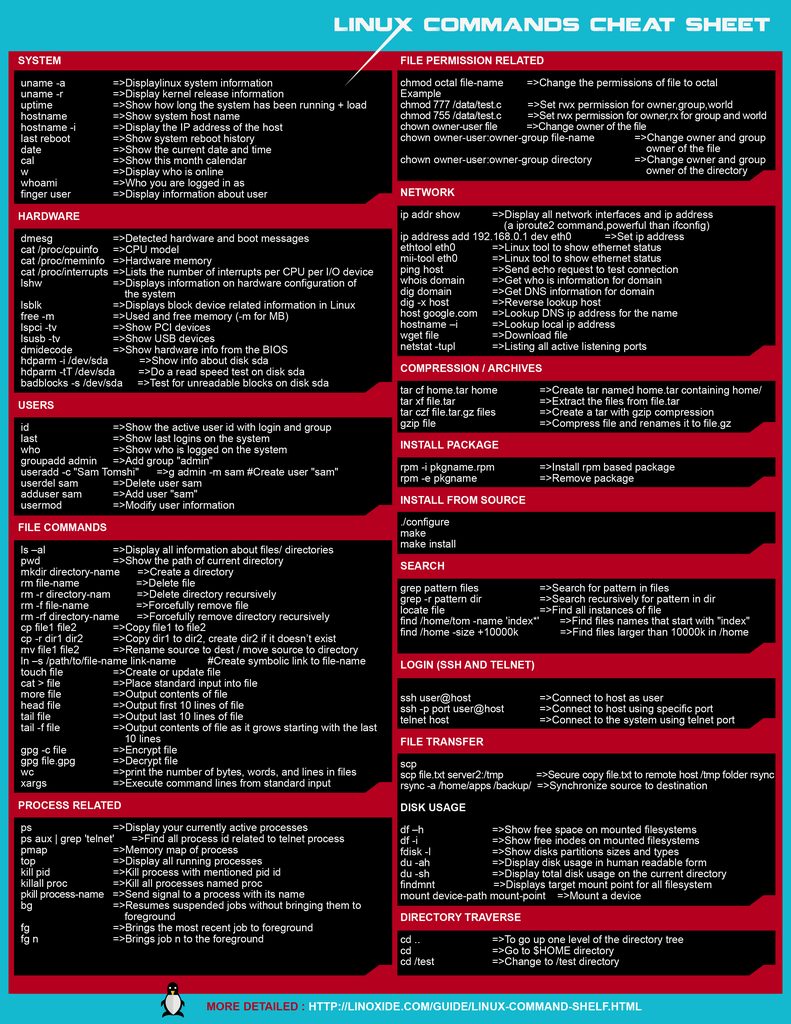


How To Create Write A Simple Sample Linux Shell Bash Script 5 Steps Instructables
There are three types of permissions that Linux allows for each file read write execute Putting it all together So, in laymen terms, if you wanted a file to be readable by everyone, and writable by only you, you would write the chmod command with the following structure COMMAND OWNER GROUP WORLD PATH chmod read & write read read FileNameTo change the permissions of a file, one uses the chmod command, with the following syntax chmod referencesoperatormodes filename The references are shorthand (u, g, or o) for each class The operator determines whether to add (), remove () or explicitly set (=) the particular permissionsChanging HDFS File Permissions You can use the chmod command to change the permissions of a file or directory You can use standard Linux file permissions Here's the general syntax for using the chmod command hdfs dfs –chmod R You must be a super user or the owner of a file or directory to change its permissions



Changing Permissions On A File In Linux Mvps Net Blog Mvps Net Tutorials



Chmod 777 A Definitive Guide To File Permissions
Using Options with chmod and chown Commands Option is an additional command to change the output of a command One of the most popular options that you can combine with chmod and chown is R (Recursive) This Linux option allows you to change permissions or owners of all files and subdirectories inside a specific directorySet permissions on files & directories using chmod in Ubuntu First, we will discuss user related permissions – this will make modifications to first three characters aforementioned To add permissions for a user, we can use following combinations – chmod ur ABCtxt chmod uw ABCtxt chmod ux ABCtxtOthers can read only" chmod R 755 myfiles Recursively (R) Change the permissions of the directory myfiles, and all folders and files it contains, to mode 755 User can read, write, and execute;



08 Unix Linux Shell File Directories Permission Chmod Command Youtube



Linux Commands Linuxconfig Org
Use the chown command to change file owner and group information we run the chmod command command to change file access permissions such as read, write, and access This page explains how to use chmod and chown command on Linux or Unixlike systemsChanging file permissions with chmod command using octal notation To change file permissions of a file use the syntax below chmod octal value filename For example, to change file permissions of a file file1txt, to say rwrrexecute chmod 644 file1txt This is illustrated in the calculation belowH ow do I use chmod and chown command under Linux / Unix operating systems?



How To Change Permissions Folder And All Its Subfolders And Files In Linux



Ppt Agenda Powerpoint Presentation Free Download Id
Explanation chmod COMMAND chmod command allows you to alter / Change access rights to files and directories File Permission is given for users,group and others as, SYNTAX This command is used to view your files with what permission they are To make a file readable and writable by the group and othersChanging file/directory permissions with 'chmod' command Say you do not want your colleague to see your personal images This can be achieved by changing file permissions We can use the 'chmod' command which stands for 'change mode' Using the command, we can set permissions (read, write, execute) on a file/directory for the owner, group andThe chmod R 775 command has the power to change the permission for an entire directory instead of a single file chmod R 755 directory sudo chmod R 755 /var/www/html/ In the picture below, you can see that the loglist (ls l) output has already changed the read, write, and execute permission for the directory



Chmod 777 What Does It Really Mean Make Tech Easier



How To Manage Linux Permissions For Users Groups And Others Enable Sysadmin
Group members and other users can read and execute, but cannot writeSince you've broken a tree of directory permissions with chmod R you need to fix them all up Run this from the directory above dir find dir type d exec chmod u=rwx,go=rx {} find dir \!Group can read only;
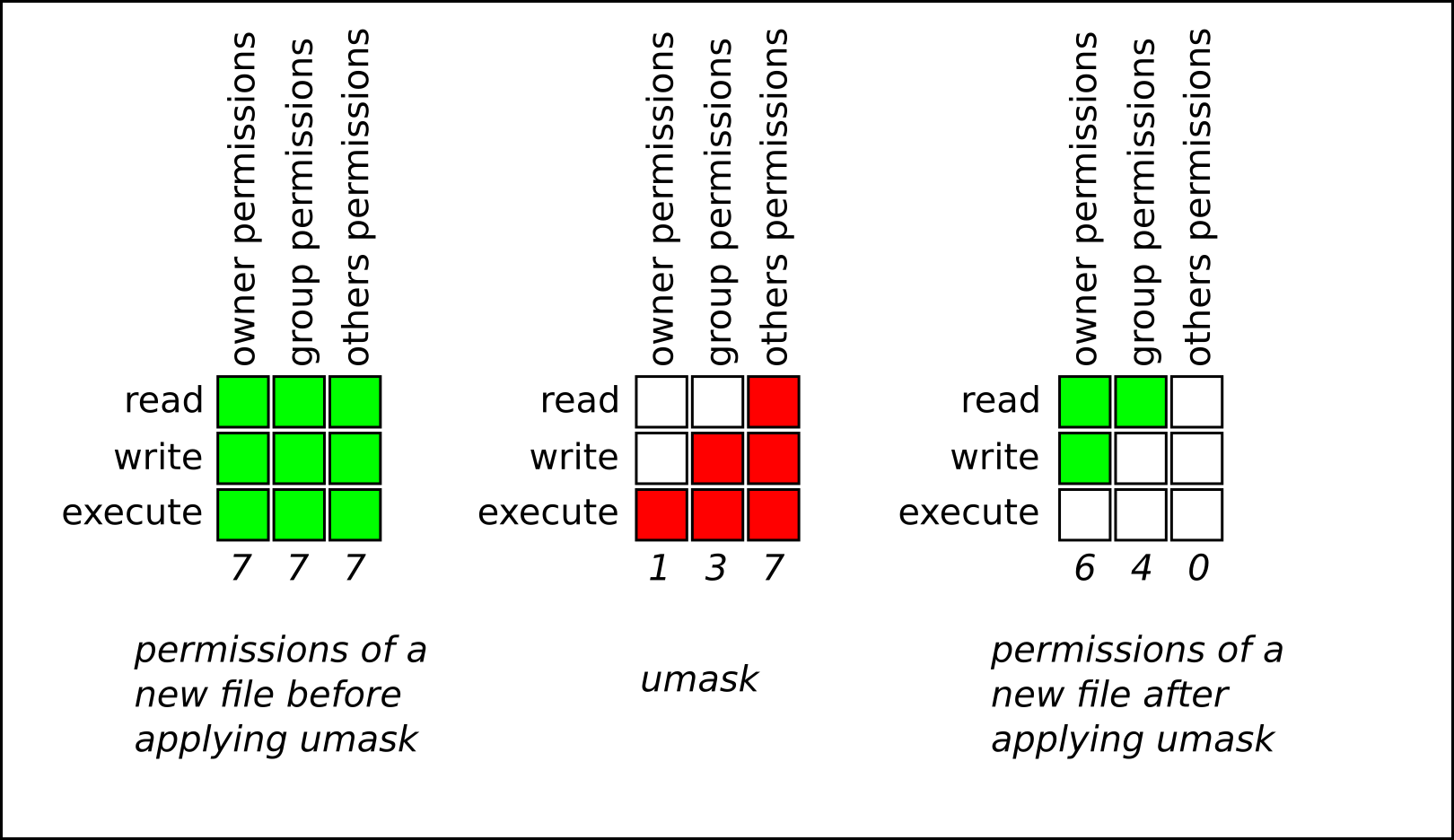


Chapter 10 Managing File Permissions Red Hat Enterprise Linux 8 Red Hat Customer Portal



How To Manage File Permissions On Ubuntu Server 04 Dev Tutorial
The chmod command in Linux/Unix is abbreviated as CHange MODe Chmod command is useful to change permission for Files and folders in Linux/Unix File/Directory permission is either Read or Write or executable for either user or group or others This type of restriction is useful for effective file/folder management, securing system and providing a levelThe chmod command changes the access permissions of files and folders The chmod command, like other commands, can be executed from the command line or through a script file If you need to list a file's permissions, use the ls commandWhat is Linux chmod Command?



Chmod How To Set File And Directory Permission In Linux Using Chmod Youtube



Linux Commands Linuxconfig Org
Chmod command is used to change access permission of files and directories in Linux operating systems chmod stands for change mode Access permissions specify whether a user account or group can read, write, or execute a given file and directoryGroup can read only;To change the permissions of a file, one uses the chmod command, with the following syntax chmod references operator modes filename The references are shorthand (u, g, or o) for each class The operator determines whether to add (), remove () or explicitly set (=) the particular permissions



Quiz Worksheet Special Permissions Access Control Filesystem Attributes In Linux Study Com



Docker Got Permission Denied While Trying To Connect To The Docker Daemon Socket At Unix Var Run Docker Sock Stack Overflow
How to Use chmod Command Let's say we want to change Linux file permissions from rwxrwrw to rwxr–r– Simply enter this line chmod 744 file name By executing this command, the owner can read, write, and execute the file ( rwx ) However, group and others are only allowed to read ( r– )Today I came across a requirement to copy couple of files and change permissions to execute those files when writing some ansible playbooks We can do this by using cp, chmod, chowncommand as shown below Ownership is changed from root user to normal user surendra ls l abcsh output rwrâ€"râ€" 1 root root 0 Jun 10 2122I would like to change the permissions of a folder and all its subfolders and files in one step (command) in Linux I have already tried the below command but it works only for the mentioned folder chmod 775 /opt/lampp/htdocs Is there a way to set chmod 755 for /opt/lampp/htdocs and all of its content including subfolders and files?



Permissions And Executables A Primer For Computational Biology
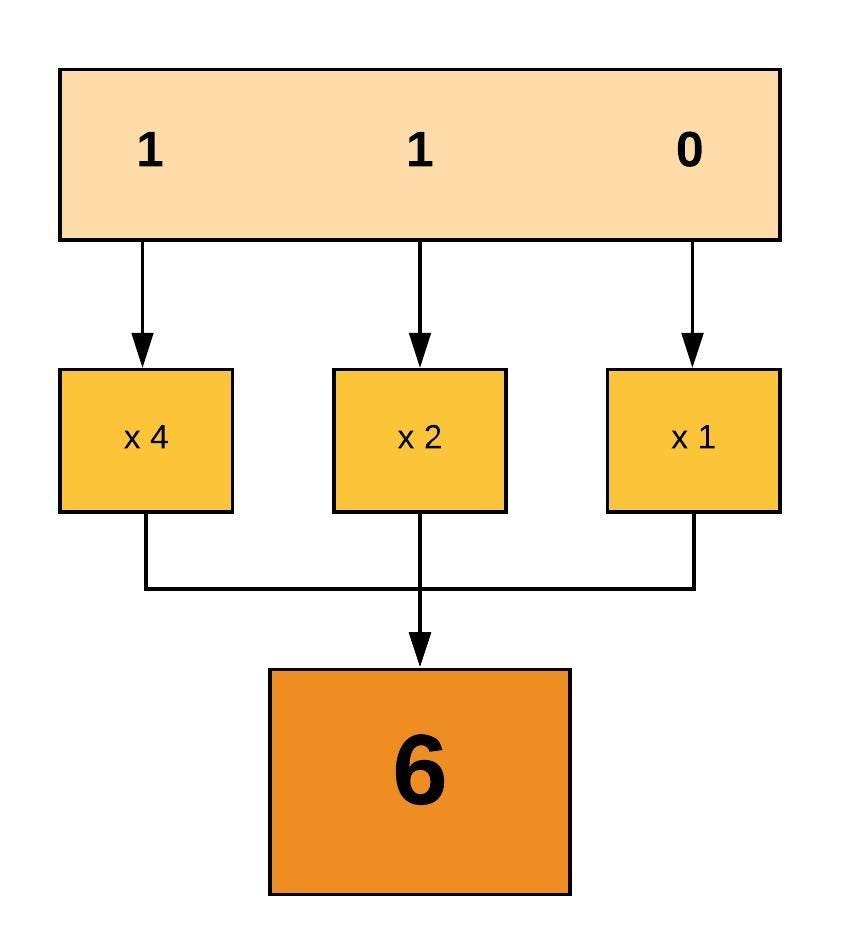


Linux File Permissions And Ownership By Udara Bibile Level Up Coding
The permissions on a file can be changed by 'chmod' command which can be further divided into Absolute and Symbolic mode The 'chown' command can change the ownership of a file/directory Use the following commands chown user file or chown usergroup fileChmod permissions file Code chmod permission1_permission2_permission3 file When using chmod, you need to be aware that there are three types of Linux users that you are setting permissions for Therefore, when setting permissions, you are assigning them for yourself, "your group" and "everyone else" in the worldChmod Modifies File Permissions In Linux, who can do what to a file or directory is controlled through sets of permissions There are three sets of permissions One set for the owner of the file, another set for the members of the file's group, and a final set for everyone else The permissions control the actions that can be performed on the file or directory
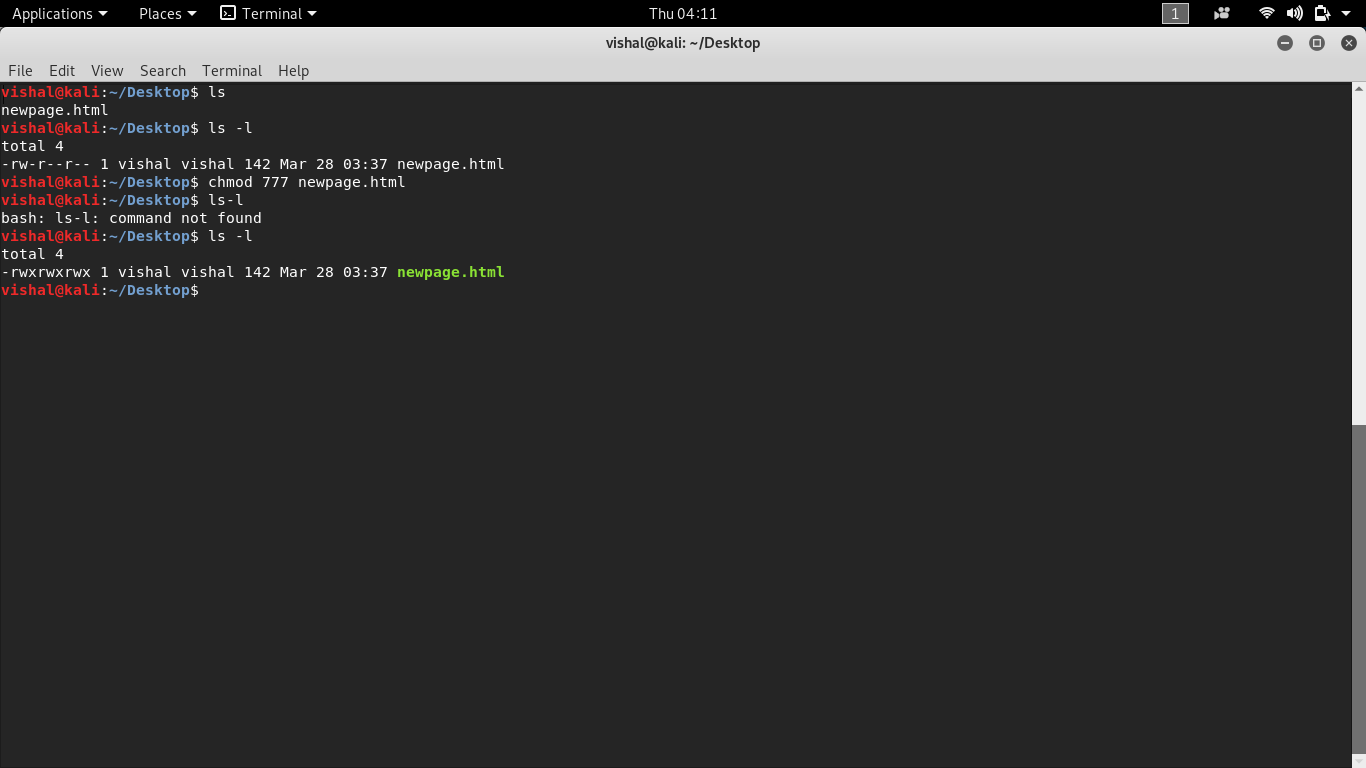


Unix Commands Basic To Advanced Unix Commands With Example
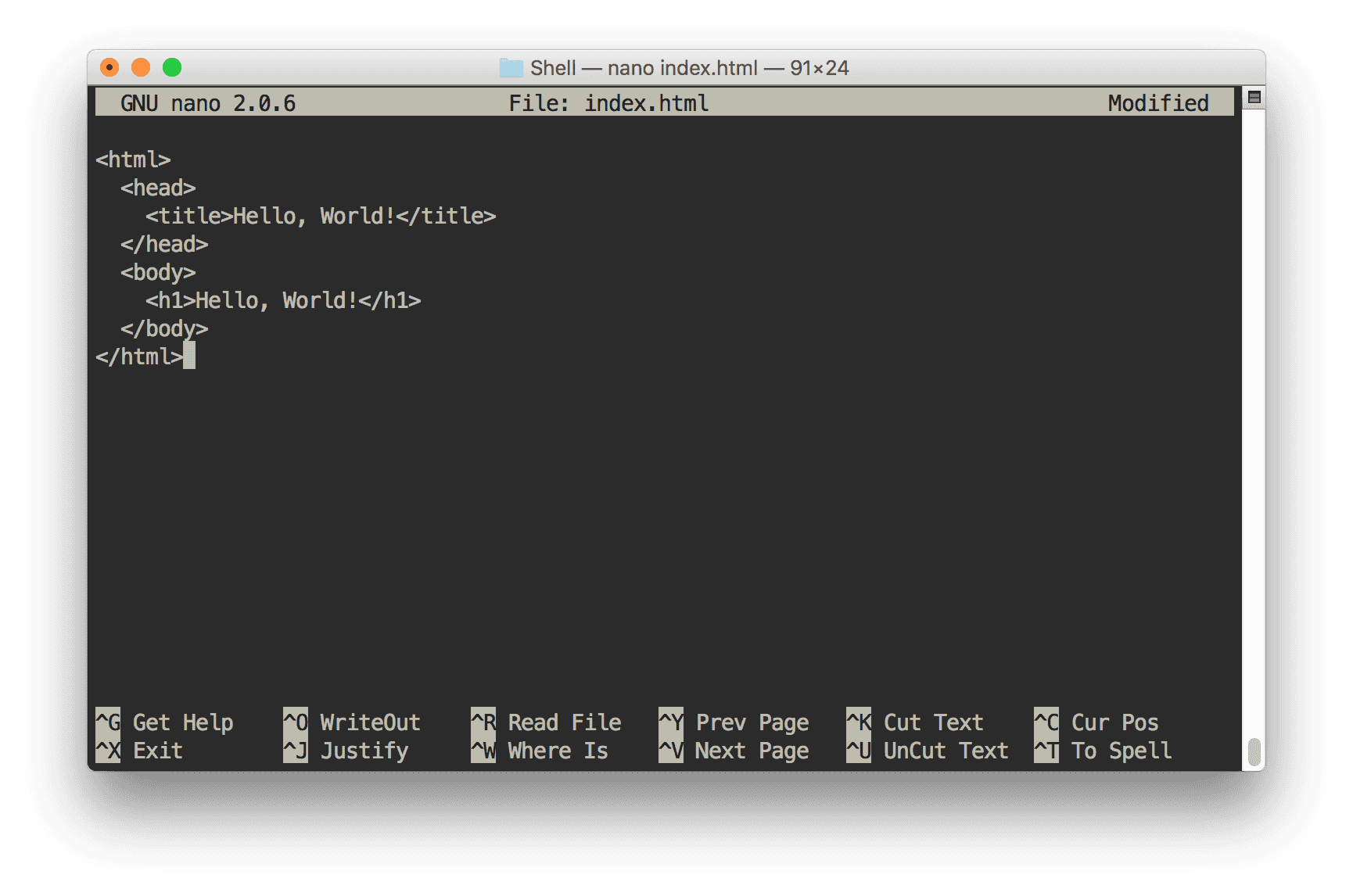


Command Line Tutorial Usage In Linux And Macos Tania Rascia
In my previous blog post I discussed how Linux file permissions work, and now I am going to discuss how to change permissions using chmod Note Only the object owner, superuser or root account can change the permissions of a file/folder chmod chmod is the command used to change the permissions of an object, and is short for "CHange MODe" The chmod command can be used with octals (asThe chmod R 775 command has the power to change the permission for an entire directory instead of a single file chmod R 755 directory sudo chmod R 755 /var/www/html/ In the picture below, you can see that the loglist (ls l) output has already changed the read, write, and execute permission for the directoryPHASE 3 Integrating Additional Options with Chown and Chmod Commands Finally, you can also add other options into the Chown and Chmod commands to customize the permissions Below are some of the things you may want to user or recursive Change permissions or owners in all the files and subfolders under the main folderv for diagnostics
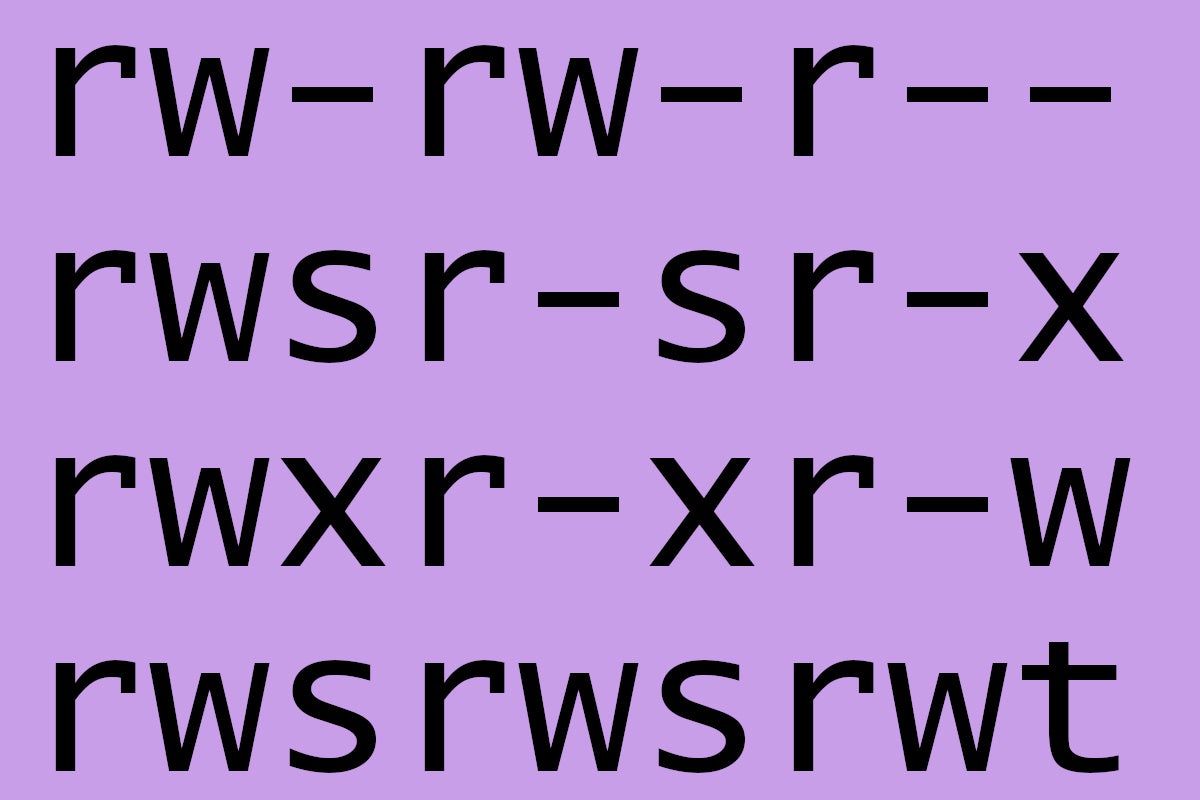


A Deeper Dive Into Linux Permissions Network World
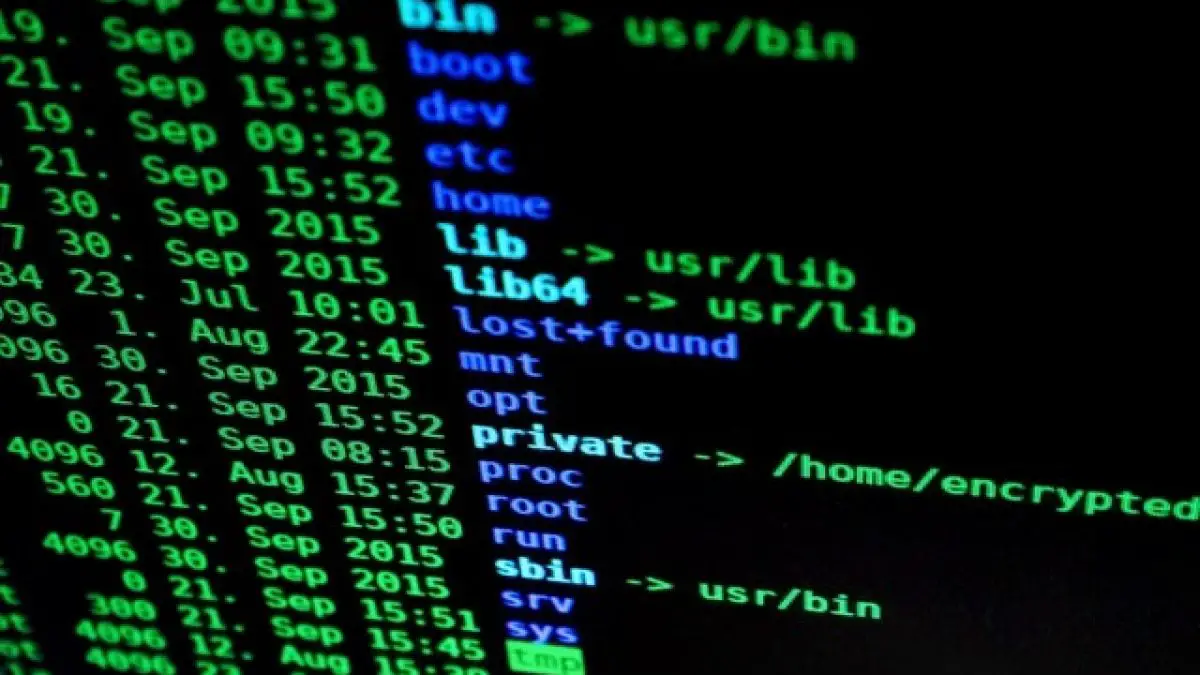


An Introduction To Linux File Permissions Boolean World
The chmod command in Linux/Unix is abbreviated as CHange MODe Chmod command is useful to change permission for Files and folders in Linux/Unix File/Directory permission is either Read or Write or executable for either user or group or others This type of restriction is useful for effective file/folder management, securing system and providing a levelThere are three types of permissions that Linux allows for each file read write execute Putting it all together So, in laymen terms, if you wanted a file to be readable by everyone, and writable by only you, you would write the chmod command with the following structure COMMAND OWNER GROUP WORLD PATH chmod read & write read read FileName1 Read permission is added for all $ chmod ar file 2 Execute permission is removed for all $ chmod ax file 3 Change the permissions of the file to read and write for all $ chmod arw file 4 Read and write permissions are set for the owner, all permissions are cleared for the group and others $ chmod u=rw,go= file 5



7 Linux Change Permissions Of Files Directories Using Chmod Commands Youtube
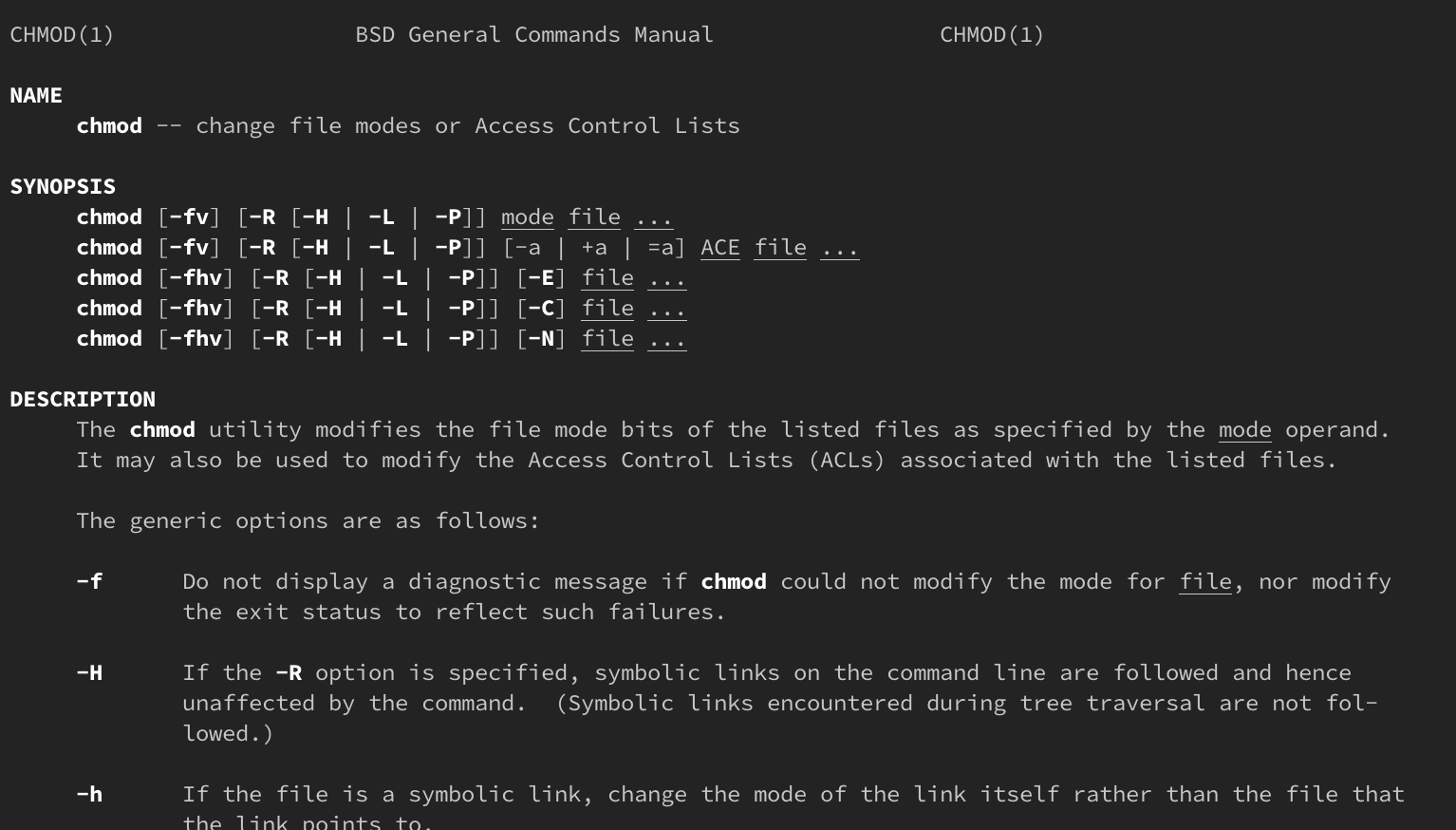


How Do Linux Permissions Work
To change directory permissions in Linux, use the following chmod rwx filename to add permissions chmod rwx directoryname to remove permissions chmod x filename to allow executable permissionsTypes of permissions which we will be changing using chmod command In linux terminal, to see all the permissions to different files, type ls l command which lists the files in the working directory in long format The figure below shows an example to use ls l and its output Let us take a look at above figure



Linux Chmod Recursive How To Change File Permissions Recursively



Linux File Permissions Explained Learn Tech Tutorials



How To Change The Permission Of File In Bash Youtube



Explained How To Use Chmod Command Complete Guide Youtube



How To Modify The File S And Directories Permission In Linux Vasanth Blog
/GettyImages-1021092796-ea8c63ee76f84bd5bf98c4222337fbb4.jpg)


How To Use The Chmod Command In Linux
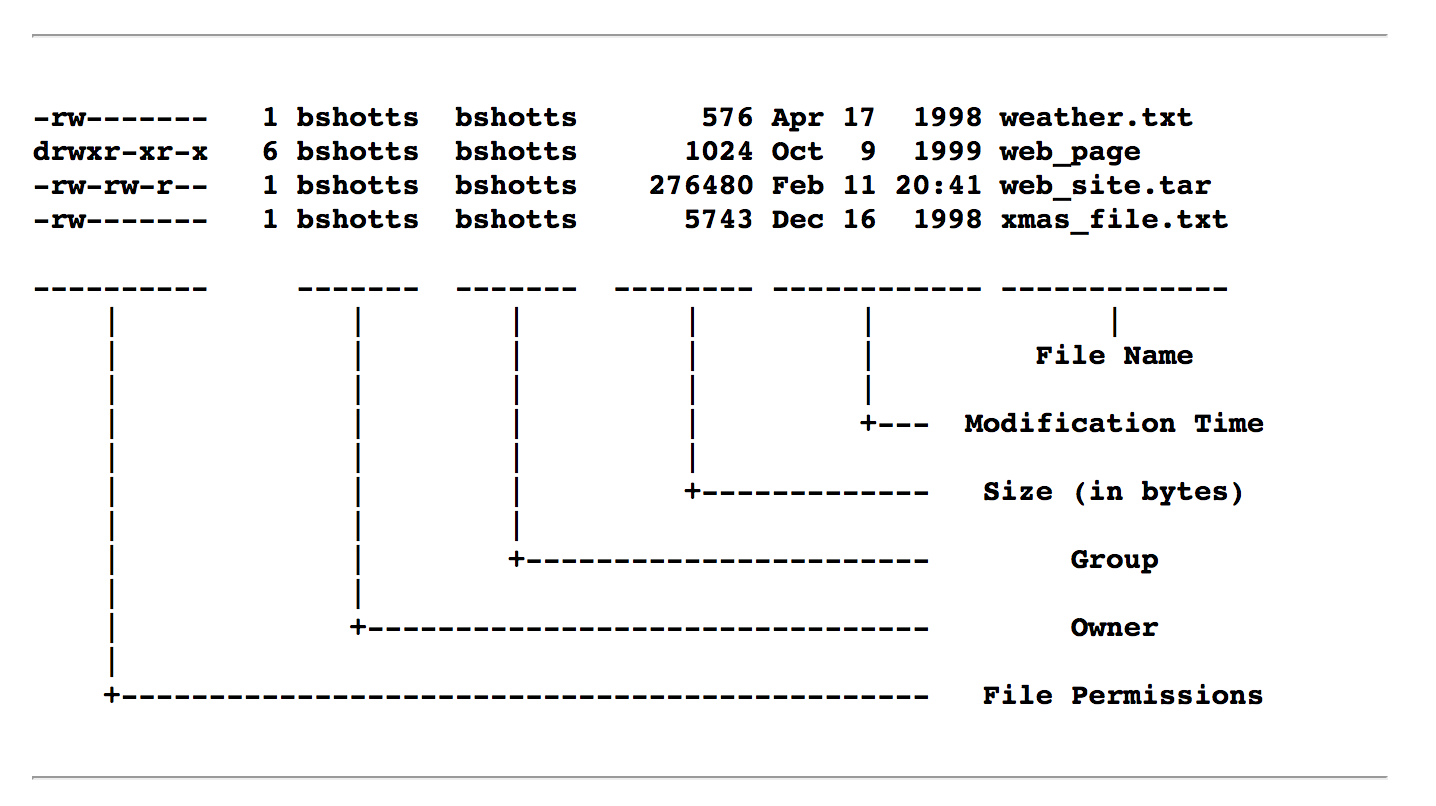


File Permissions In Linux Unix Vk9 Security



Linux File Permissions Complete Guide Devconnected



Linux Chmod Command Summary With Examples Youtube
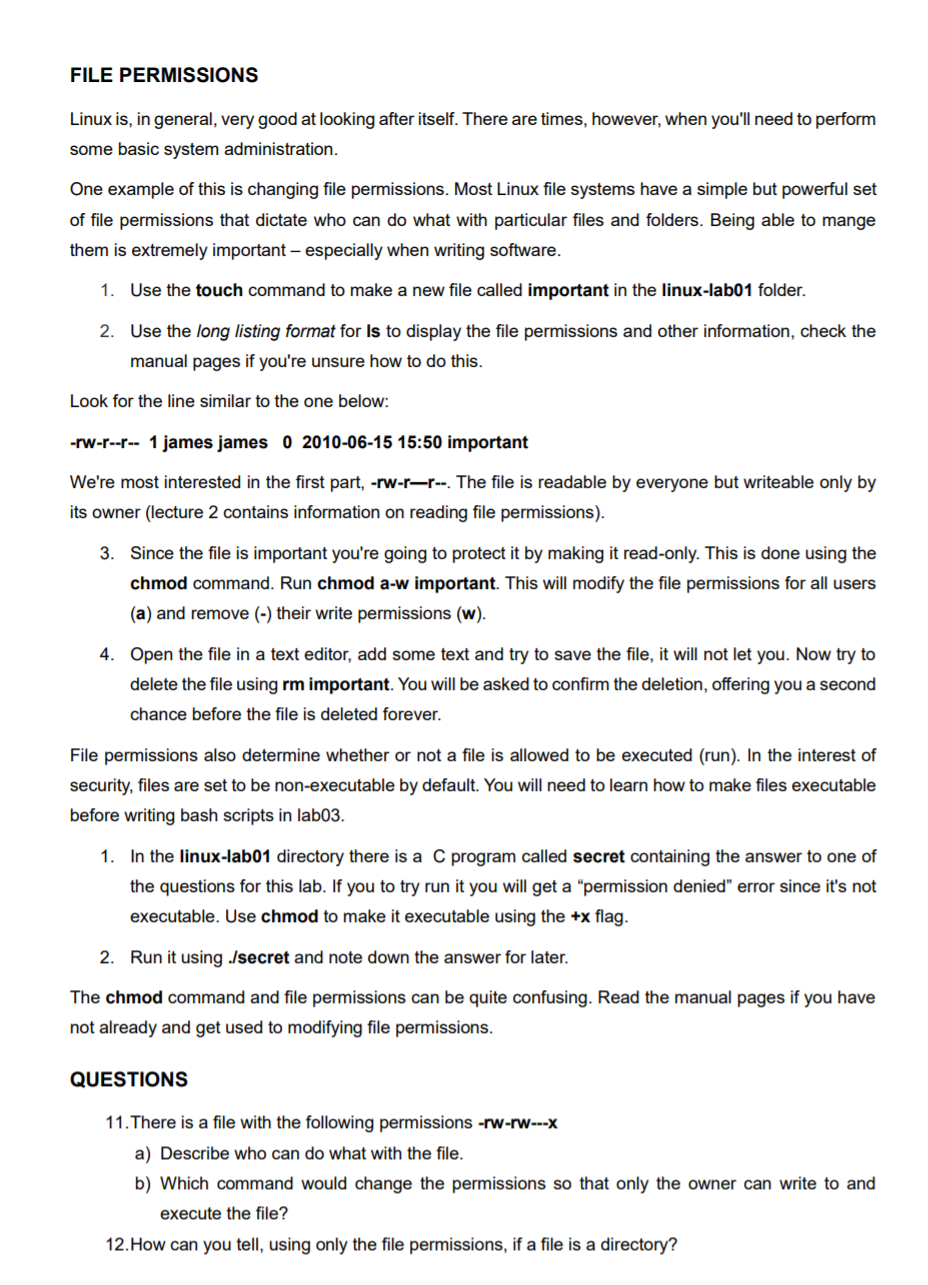


D3lmhjfiu6kghm
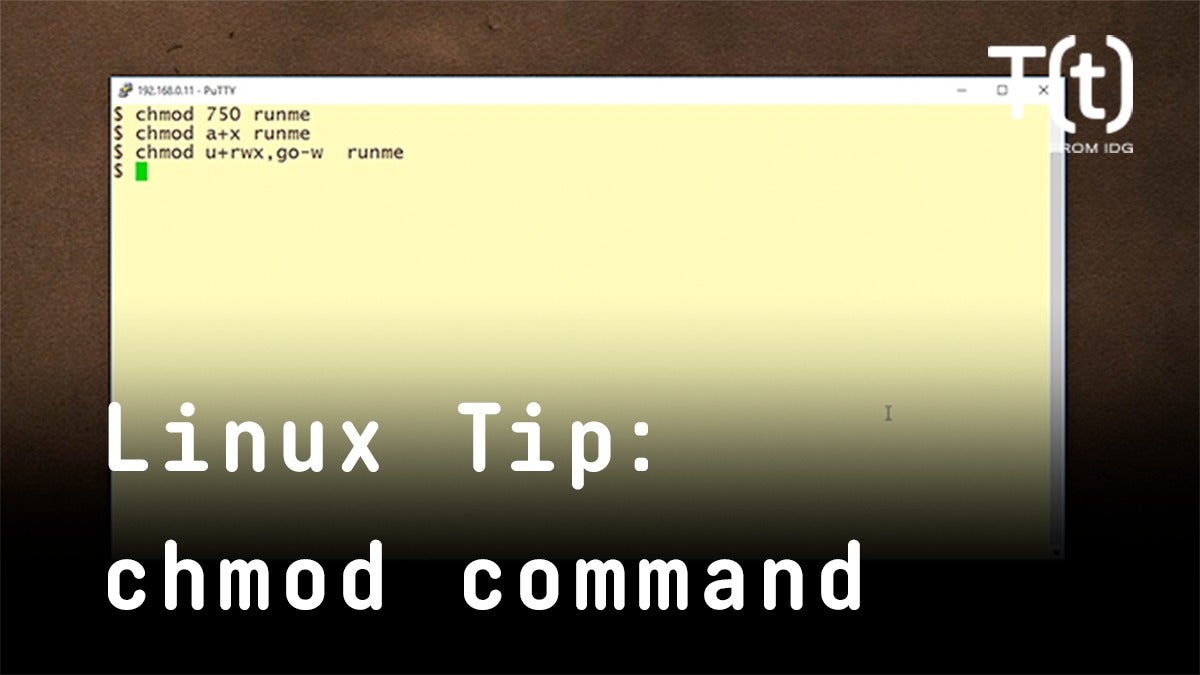


How To Use The Chmod Command 2 Minute Linux Tips Network World
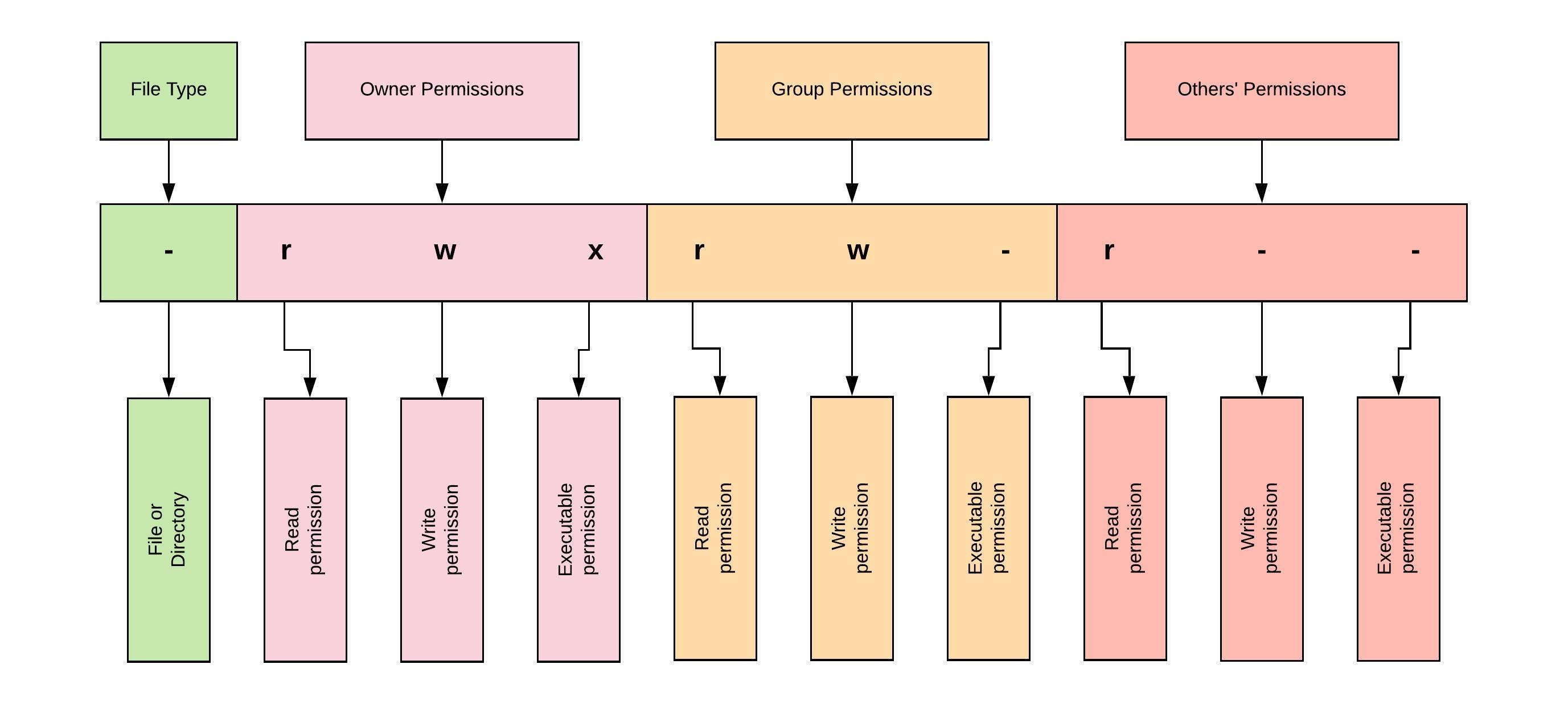


Linux File Permissions And Ownership By Udara Bibile Level Up Coding



Directory How Can I Change Permissions Of A Folder Including Its Enclosed Files And Subdirectories Ask Ubuntu



How To Change File Permission Using Chmod Command In Linux Chmod Youtube



Chmod Command In Linux With Examples Geeksforgeeks
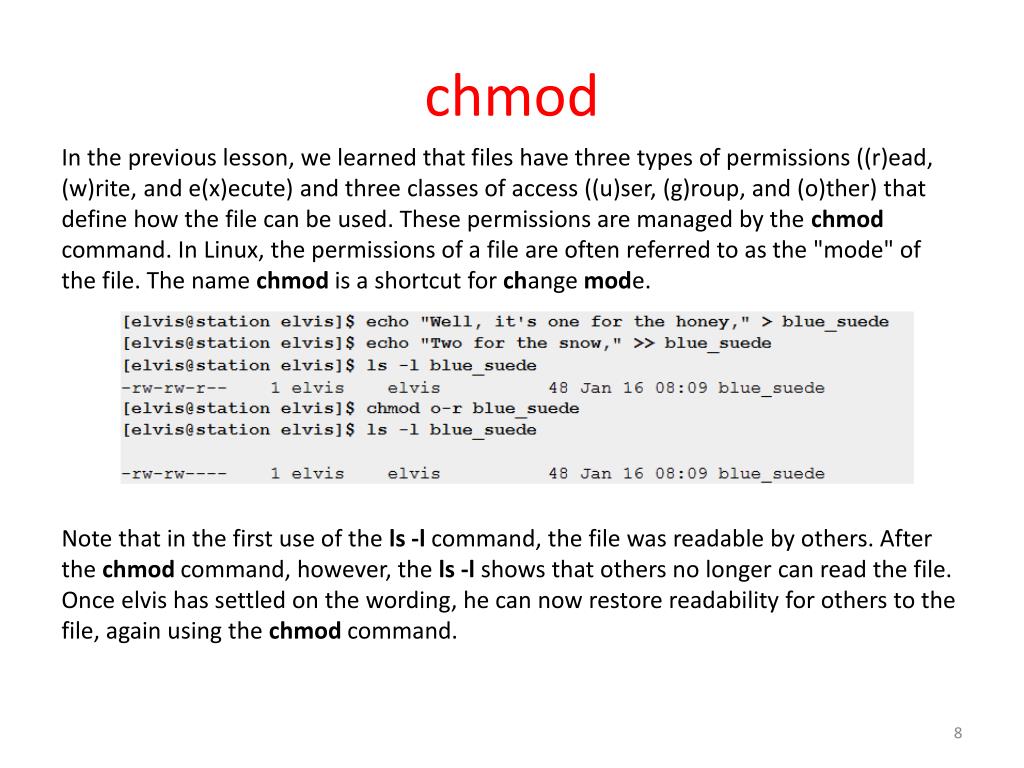


Ppt Workbook 4 File Ownerships And Permissions Powerpoint Presentation Id



Command Line Basics File Permissions Alligator Io
/create-directories-linux-mkdir-command-3991847-55ea75a52f7842a2af0fdfe0b7470270.gif)


How To Create Directories In Linux With The Mkdir Command
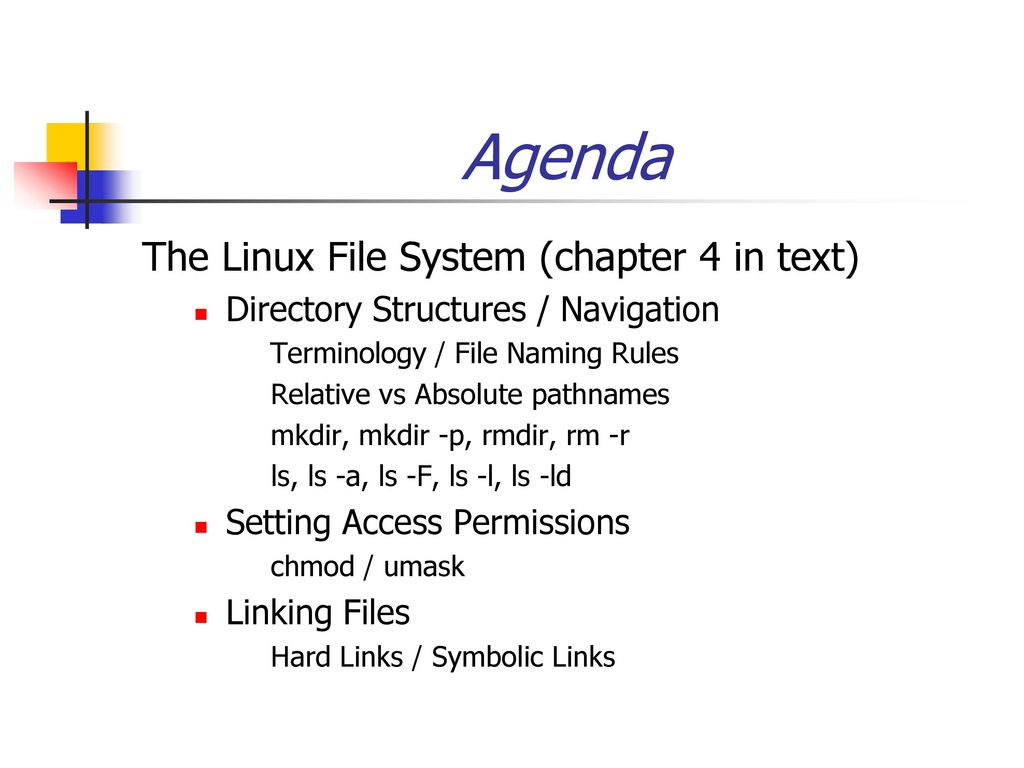


Agenda The Linux File System Chapter 4 In Text Ppt Download



Linux File Permission Explained In Easy Language
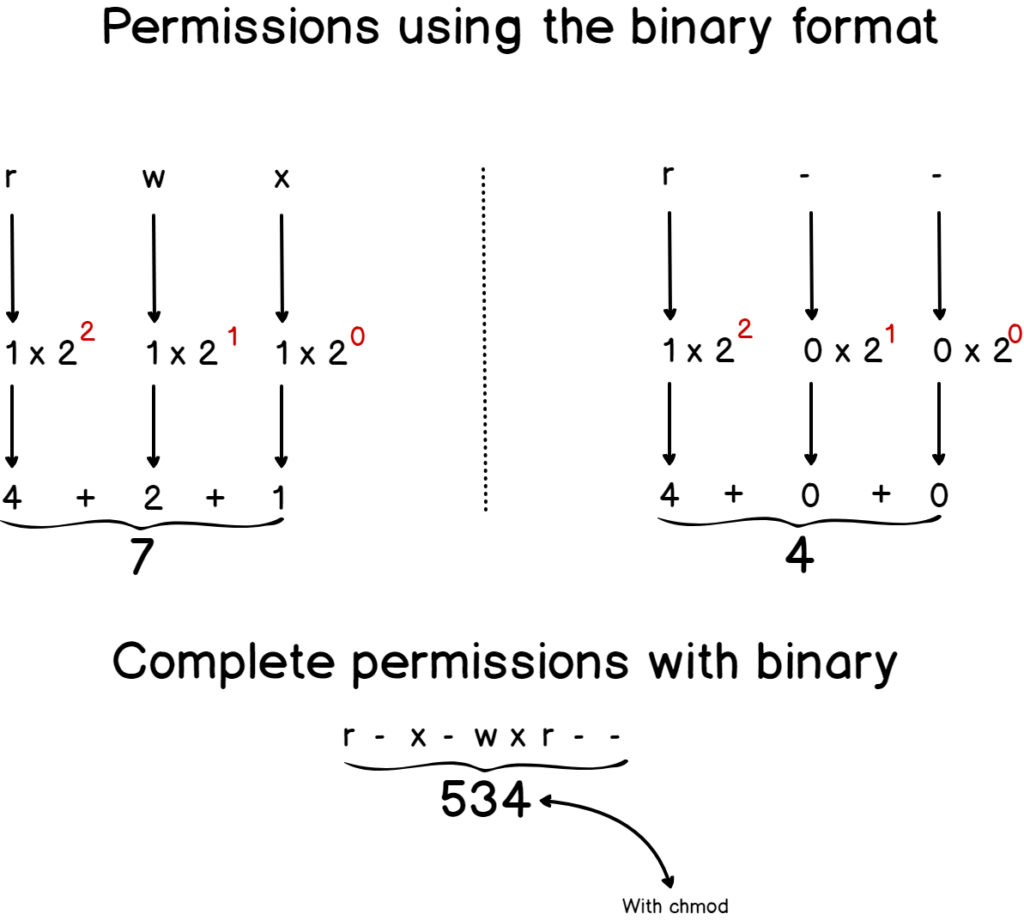


Linux File Permissions Complete Guide Devconnected


Cheatsheets And Tutorials For Users New To Linux Based Operating Systems General Discussion Osmc Forums



Change File Permissions Easily With Online Chmod Calculator By Chmodcalcu Issuu



Permission Denied Inside Var Www Html When Creating A Website And It S Files With The Apache2 Server Stack Overflow
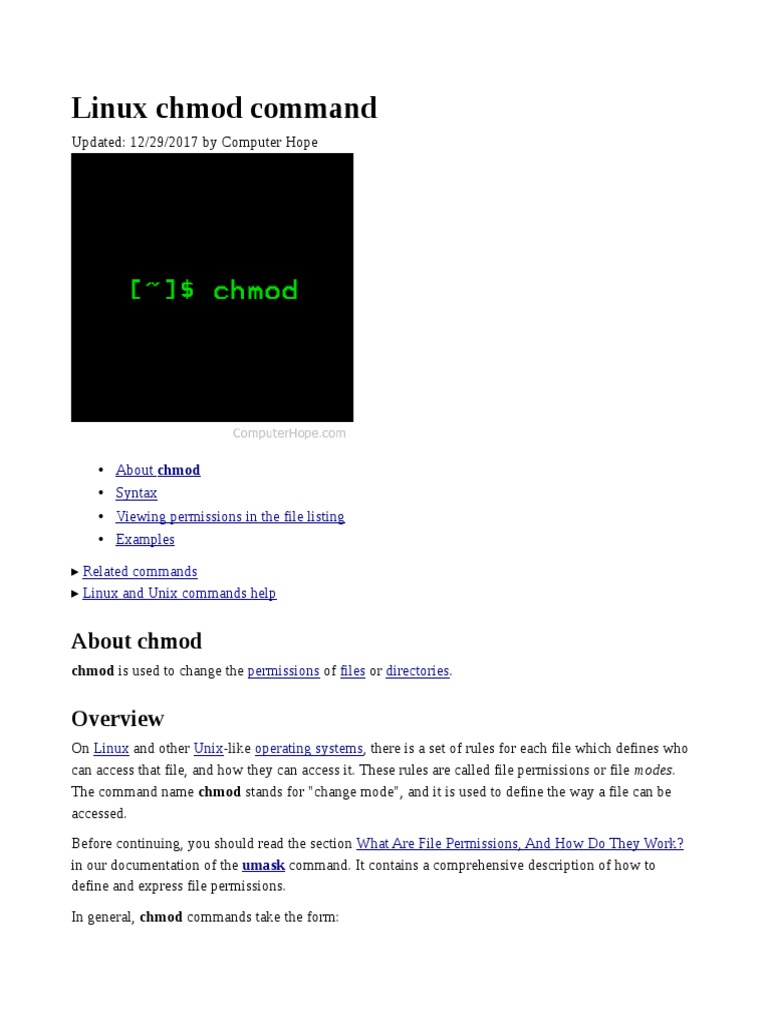


Linux Chmod Command Utility Software Computer File



Linux Common Commands Tutorial And Use Examples Linuxcommands Site



Linux Terminal Basics Chmod File Permissions Youtube



Basics Of Using Chown And Chmod Commands Anto Online
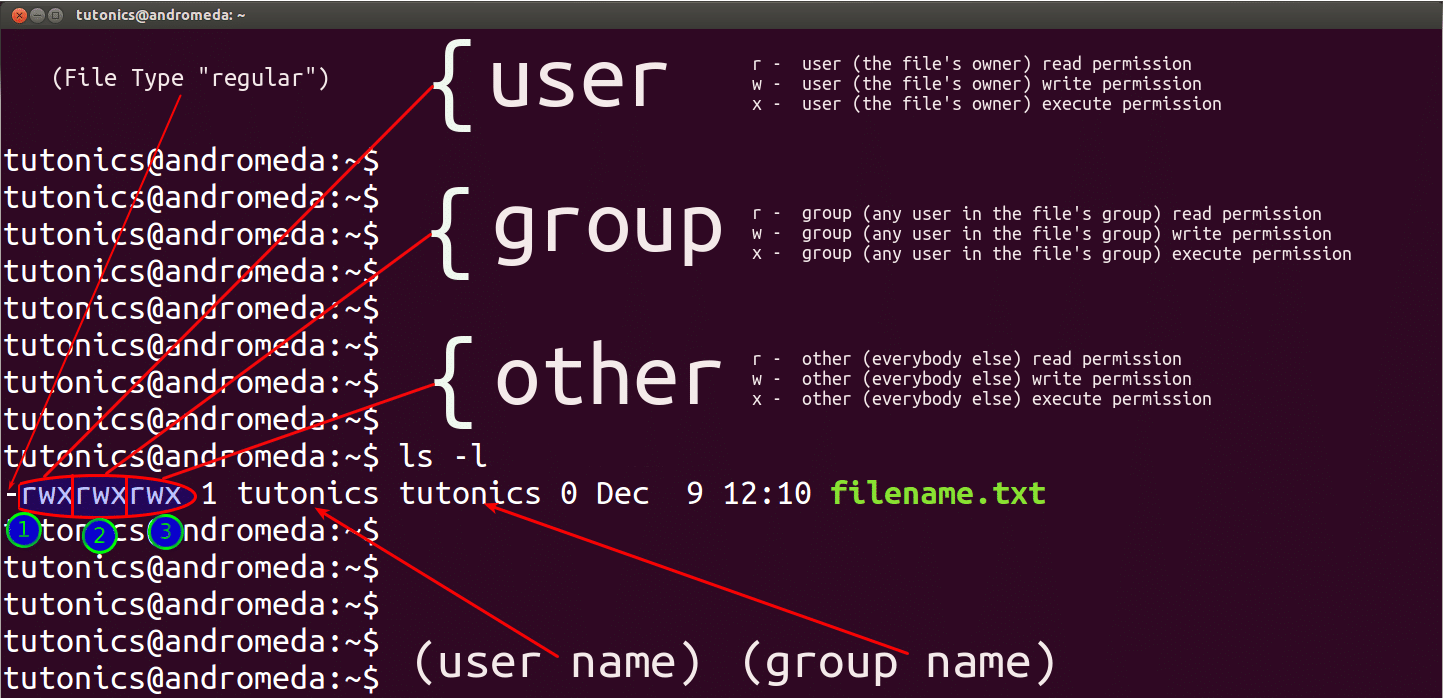


Linux File Permissions Tutorial For Beginners



Engineering Secure Software Ppt Download



How To Use The Chmod Command In Linux Technotrending



Linux Permissions Making Sense Of 755 And Rwxr Xr X Serverwise



How To Use Chmod Command In Linux Explained With Examples



How To Assign Permissions To Files And Folders In Cpanel Cpanel Blog



New Bash Linux Cheat Sheet Wallpaper Download Free 40 X 3050px



Linux Linux File Permissions And Directory Configuration Programmer Sought


Linux User Group And File Permission Introduction
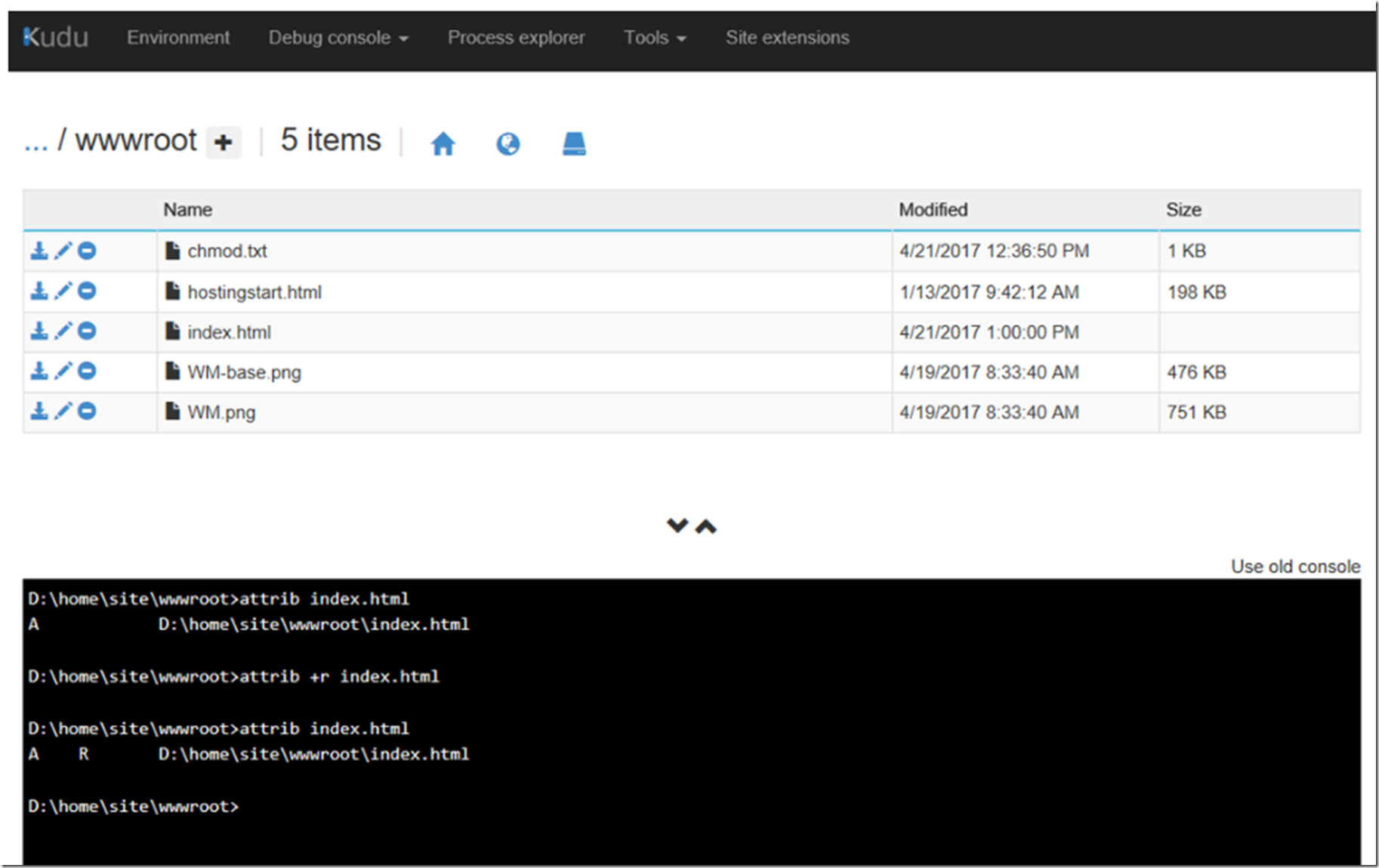


Set Or Change An Azure App Service File Or Folder Permission The Best C Programmer In The World Benjamin Perkins



Linux Commands 5 File Permission Chmod Youtube



File Permissions In Linux Geekstarts



Understanding The Complicated File Permissions On The Bash Cli Linux Mac Os X And Wsl Dataquest Direct Dataquest Community



Chmod File Permissions In Linux Unix Linux Angular Angular Js Jquery Php Mysql And Web Development Tutorials



Understand Linux System File Permission



Linux Command Line Cheat Sheet Kalitut



How To Change The Owner Of Any File Directory Using Chown Command In Unix Linux Youtube



File Permissions In Linux Unix How To Read Write Change



D 6 Permission Issues And How To Troubleshoot Engineering Libretexts
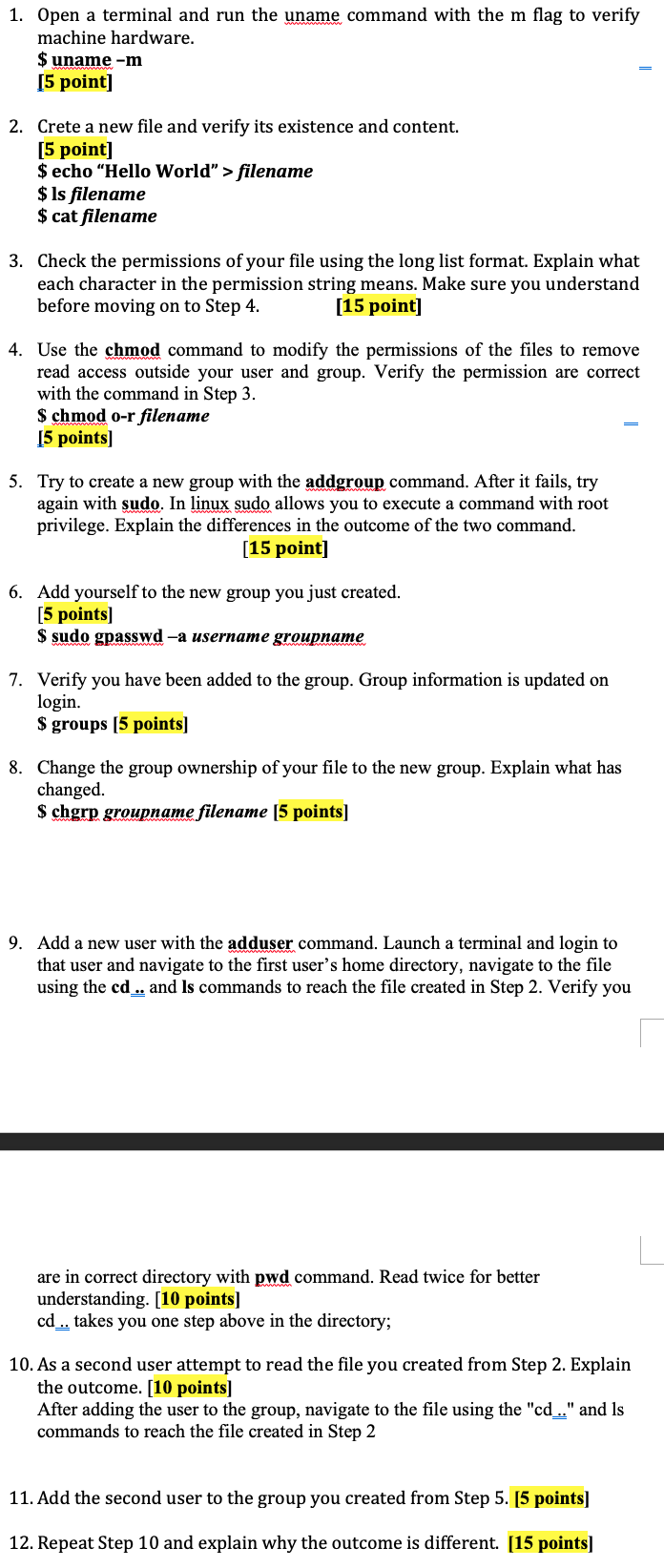


Solved 1 Open A Terminal And Run The Uname Command With Chegg Com


Basic Linux Commands Linux
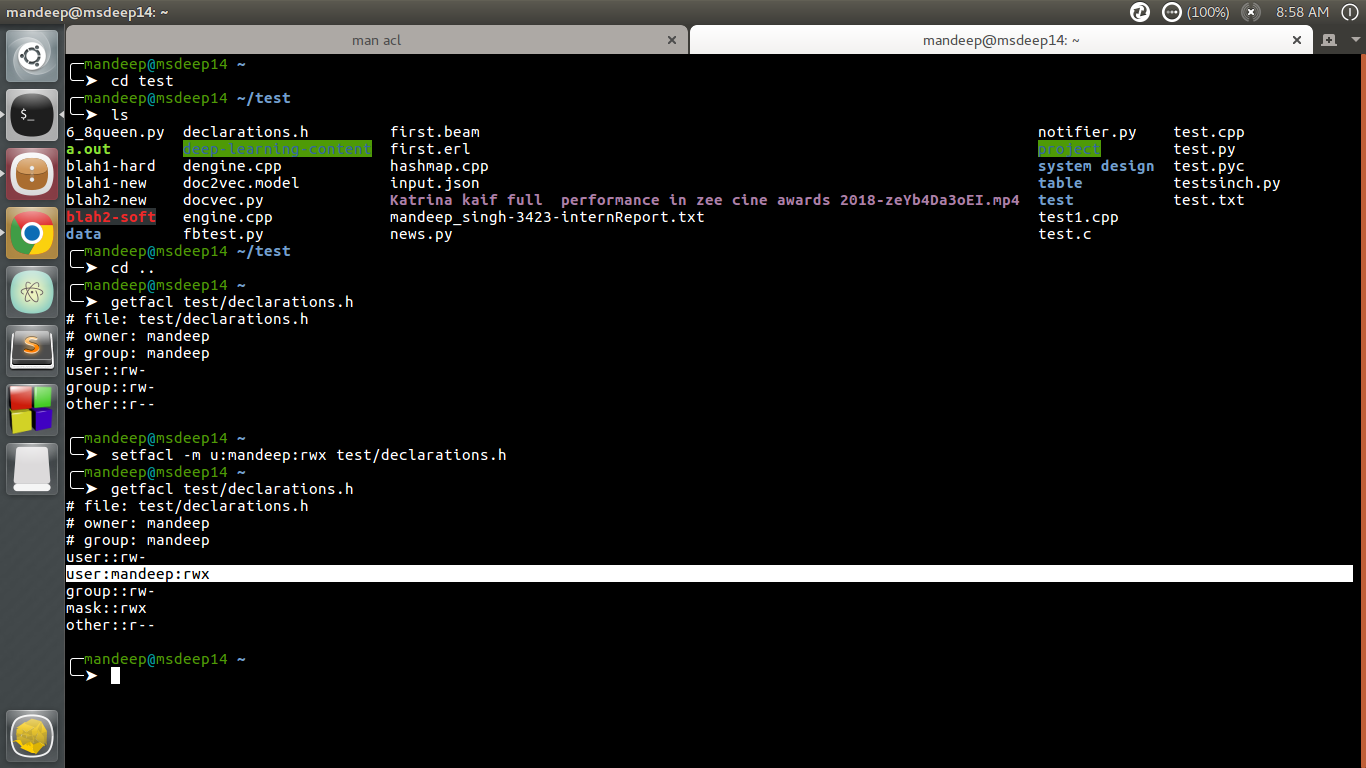


Access Control Lists Acl In Linux Geeksforgeeks
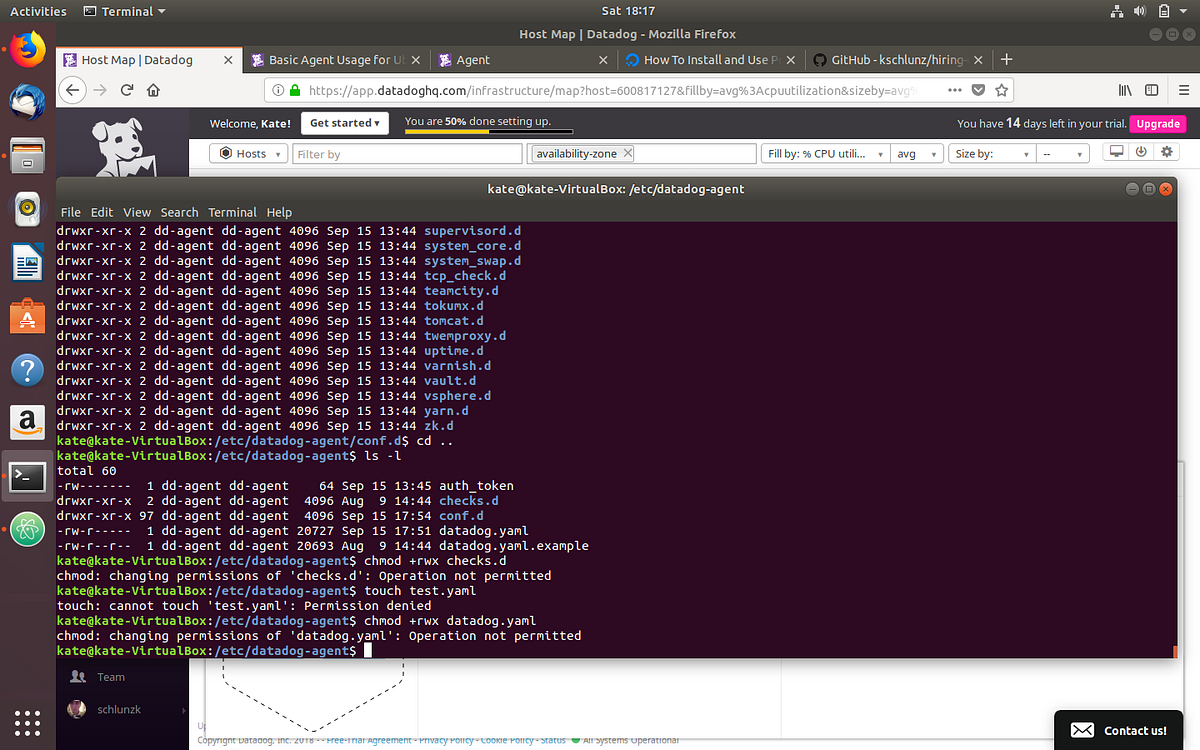


Some Helpful Linux Commands Recently For A Coding Challenge I Was By Kate Schlunz Medium



Change Permissions Linux Changing Permissions In Linux System Dev Community



Directory How Can I Change Permissions Of A Folder Including Its Enclosed Files And Subdirectories Ask Ubuntu
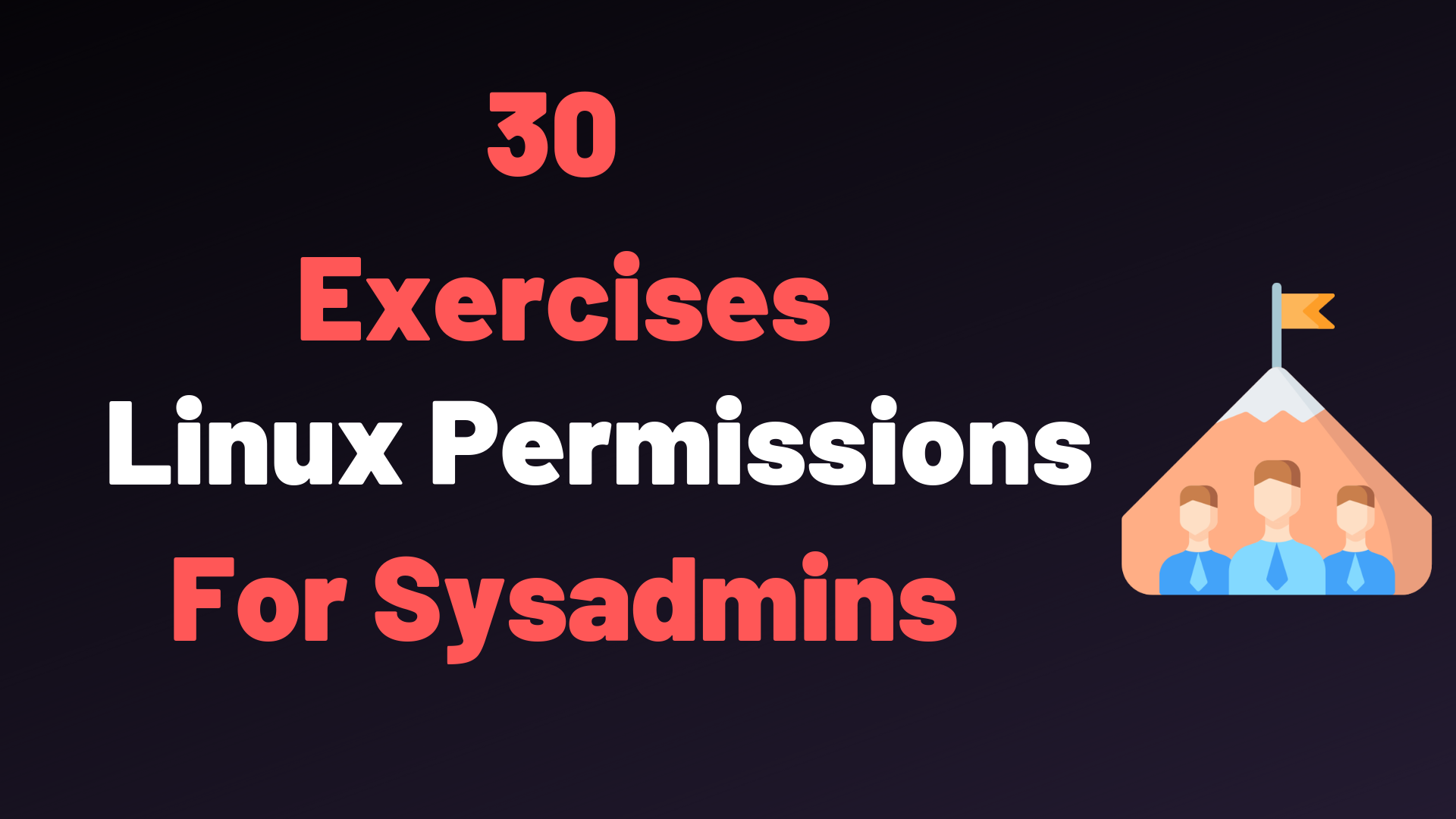


30 Linux Permissions Exercises For Sysadmins Devconnected



Chmod 775



How To Use Chmod 777 Command In Linux Explained How To Use Chmod Command Hindi Tutorial Youtube
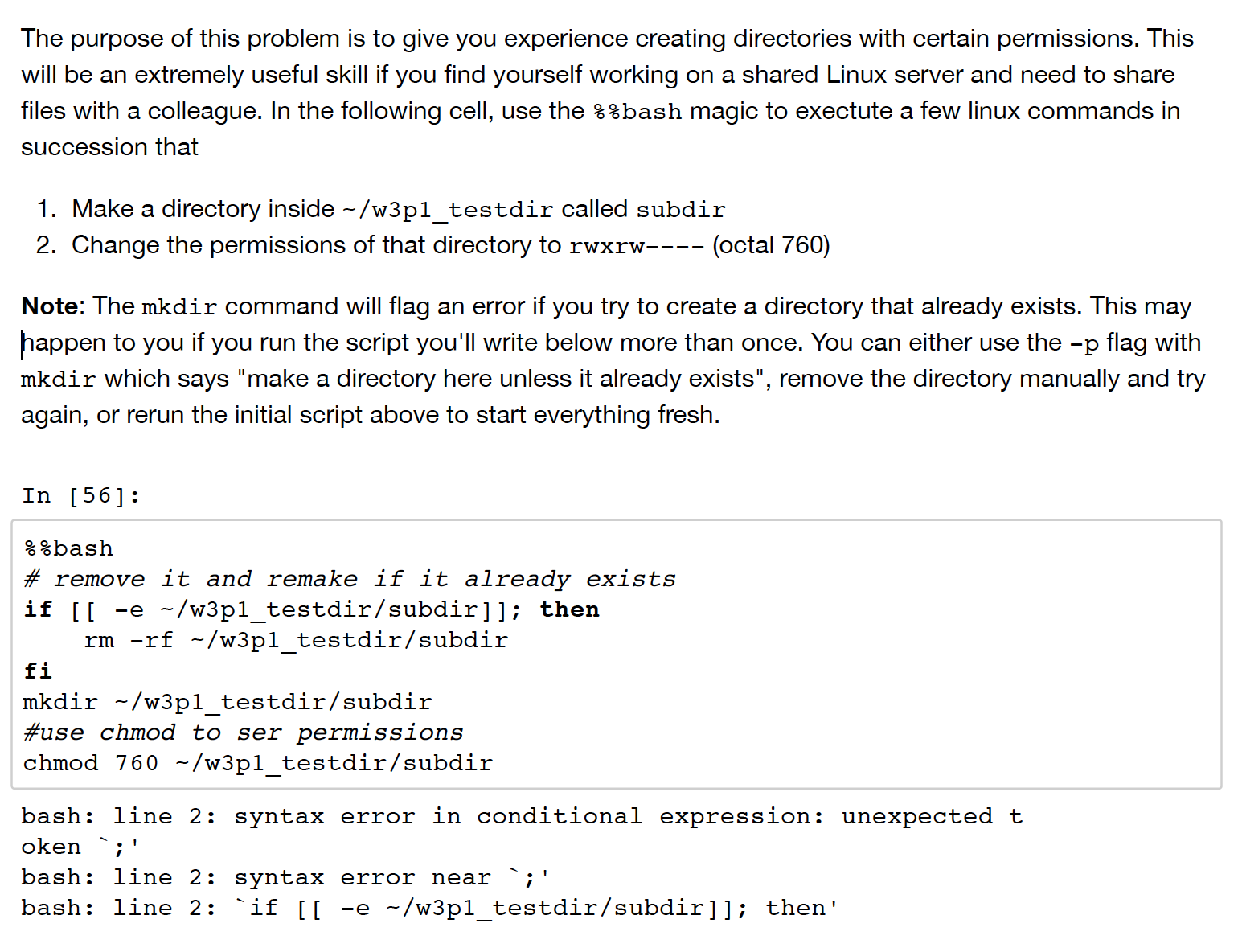


Solved File Permissions In Unix Command And Python I Hav Chegg Com



Change File And Folder Permission On Ubuntu Chmod Chown Command In Linux Youtube



Linux Terminal File Permissions Chmod Chown And Chgrp Linux Line Tools Thing 1



The Chmod Command And Linux File Permissions Explained
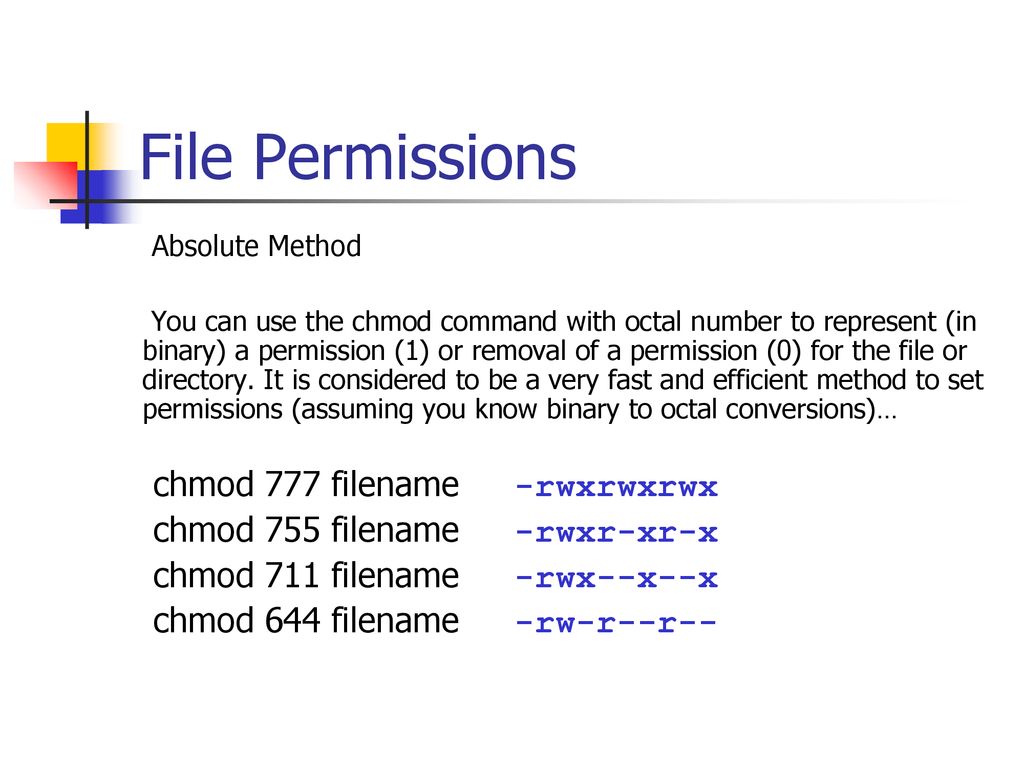


Bif703 File Permissions Ppt Download



Linux Permissions Posix Chmod Chown Chgrp Youtube
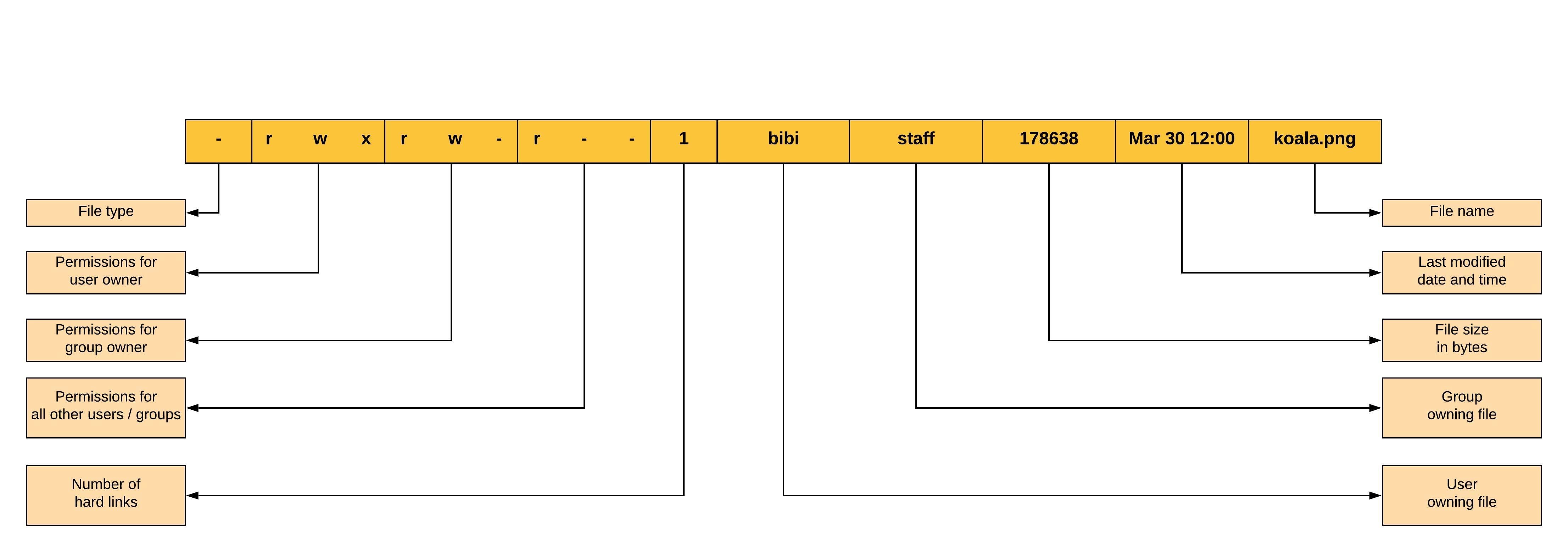


Linux File Permissions And Ownership By Udara Bibile Level Up Coding


How Can I Fix The Permission Problem Crostini


